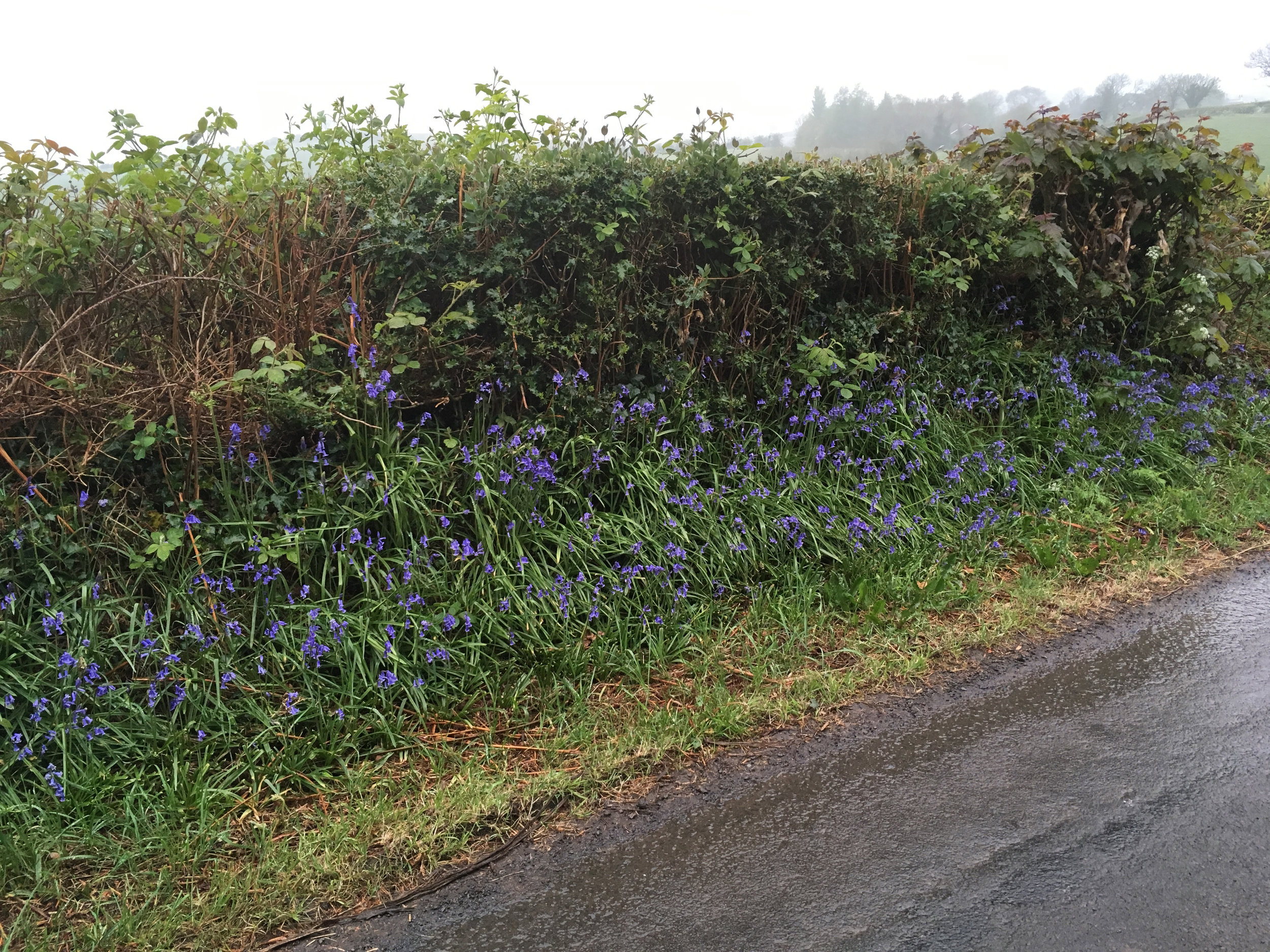WILD ROADS
WILD ROADS
alistair kirkpatrick
The creation of roads, mass destruction of landscape as it is the conduit for all the forces that bring that destruction in yet they have become the last refuge for wildness and diversity in modified landscapes. In the lanes of Northern Ireland, you get ephemeral wetlands in the roadside swales, you get multifaceted geomorphology which allows for a diversity of niches, you get self-determining vegetation without the pressures of grazing, spraying or slashing and you get protection for fauna. I saw 4 burrows, I assumed foxes, although they could have been badger, I saw native bluebells, native terrestrial orchids and native roses. There was only one field in the entire walk which had bluebells and they were extremely minimal.
In Australia the situation is similar recently travelling up the northern highway near Heathcote it occurred to me that the only low land eucalypt forest to survive for many kilometres around was in the road reserves and due to the age of the road it was the expression of the original seedbank which give a fascinating snapshot into the floristic composition of the original forests. Since the advent of the car so much of the landscape we experience is through the lens of the windscreen, making roadside remnant vegetation a truly iconic landscape form. The importance of these landscape was recognised by Edna Walling in her book “The Australian Roadside” published in 1952. Walling was exploring both the ecological significance and the cultural identity these landscapes offered.
We are lucky in Australia to still have large areas of remnant ecologies, it was sobering to visit a landscape such as Northern Ireland where the road verge is truly the last vestige of wilderness.


